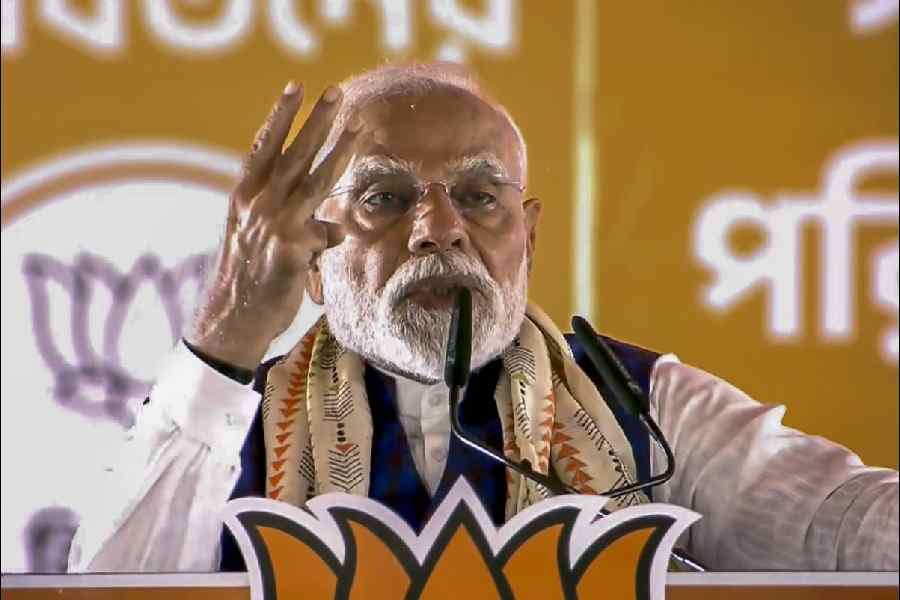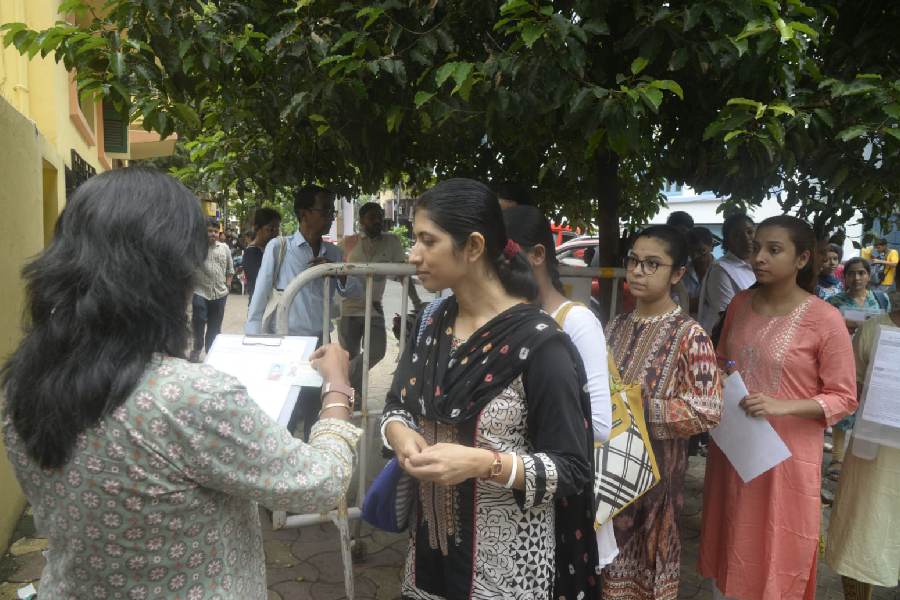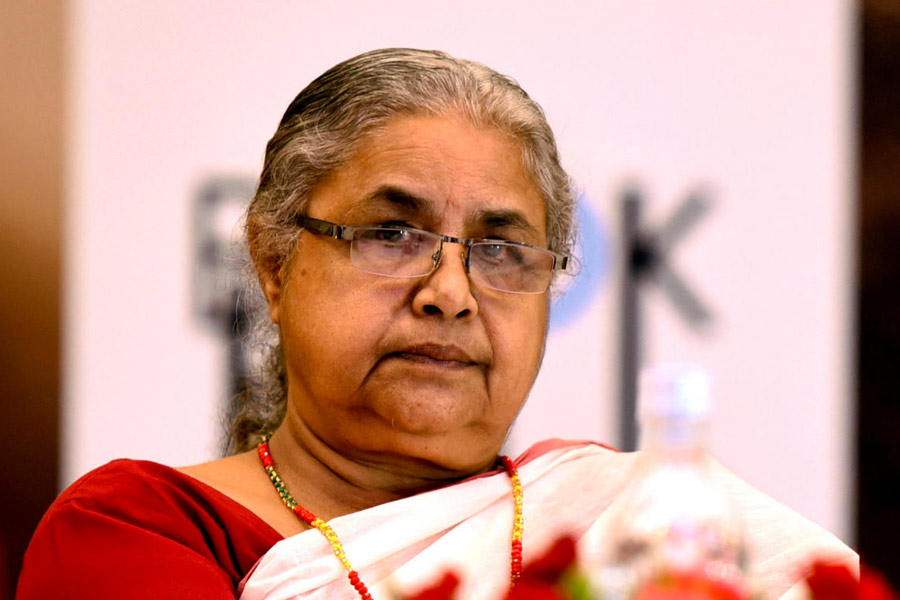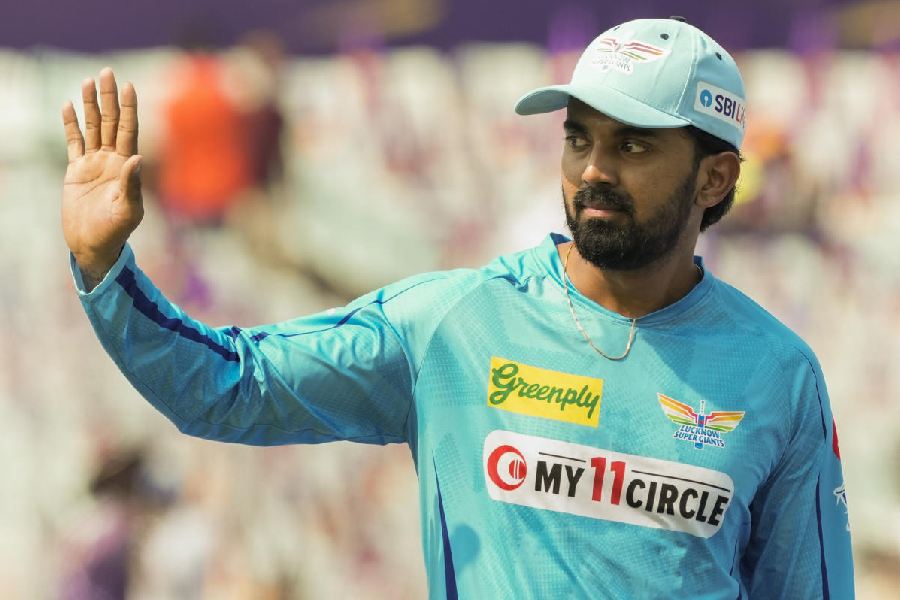 |
| Sharmila Tagore |
It was truly a stormy, rain-drenched evening. And Purba-Paschim’s programme — Barshar Kabita Gaan — on June 19 at Pala of ITC Sonar Bangla Hotel was served on a silver platter.
The stage was set in style for Soumitra Chattopadhyay, Sharmila Tagore, Ananda Gupta and Soumitra Mitra to take off on a virtual rain-soaked journey with songs and poetry penned by Rabindranath Tagore, Sunil Gangopadhyay, Shankho Ghosh and Shakti Chattopadhyay.
Sharmila Tagore, with all her charm and grace, was sadly off the mark in her efforts to project the intense pathos identified with the archetypal wandering, lonely soul, as the skies darken with gathering layers of rain clouds. Modulation and diction — both turned out to be far from perfect in Aaj barshar roop heri.
Tagore’s reading of Megher porey megh jomechhe was followed by Ananda Gupta’s rendition of its musical version. Gupta’s repertoire appeared to be limited in all respects. Natural tunefulness and a reasonably smooth timbre are not enough to sustain more than four songs in a row, let alone an entire evening’s recital.
Gupta falters with words and tampers with tune and scansion. The opening number — Nai rosho nai — was aptly sombre and heavy-paced. But the following songs were stricken with the same dry melancholia, missing out on the fervour associated with ‘Pratham Asharh’ — the onset of the rains — as the programme itself was titled.
Perhaps Gupta is not too well acquainted with the youthful exuberance reflected in the sparkle of raindrops. Esho shyamal sundaro, as a result, was devoid of the joyous felicitation extended to the raing ods in the lyrics of the song.
Soumitra Chattopadhyay made full use of his rich, warm tone to expose the lushness of the season, coupling it deftly with the beauty and the quietness of solitude that are so much a part of monsoon.
Tagore perceived the rains against a backdrop of the rugged openness of Rarh Bengal. Keeping this in mind, Chattopadhyay’s reading of Ogo sannyasi held the audience in a trance.
Soumitra Mitra’s readings in comparison lacked the former’s natural flair and acquired elegance of style.
Bangla Gaan, Rabir Pran at Sisir Mancha on June 18 by Uma De Music Foundation was an engaging programme on the musical backdrop behind Tagore’s compositions. Rajeswar Bhattacharya and Timir Ghosh presented an attractive compilation of songs and their possible sources, aided ably by Jhinuk Gupta and Ankita Guha. Gupta’s E porobashey robey ke was a confident and supple rendition, exposing the varied nuances of the song and the essence of the best of tappakari assimilated by Tagore.
Biplab Mandal’s khol accompaniment was a shade too loud for Ghoretey bhromor elo derived from Nidhubabu’s Oi dekha jai. Ankita’s style, though not mature enough for this popular puratani, holds promise. Inborn tunefulness and superb control over alankar are major assets.











